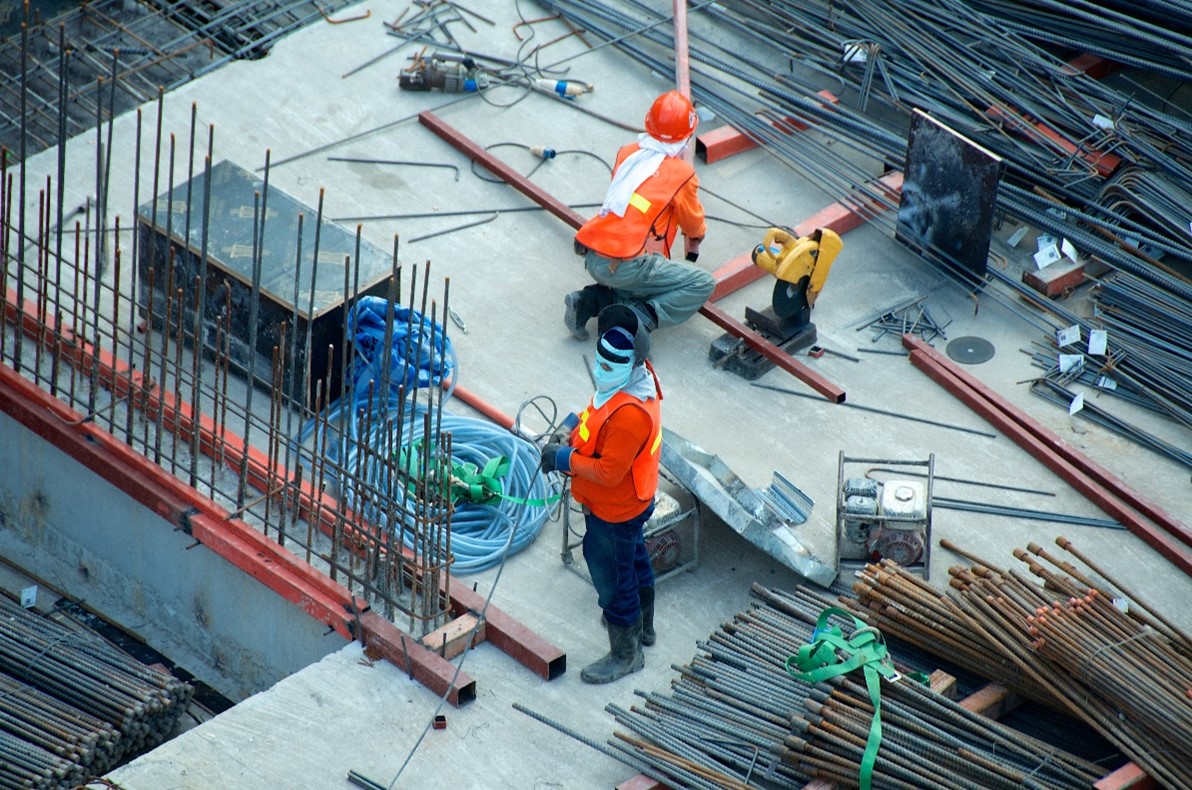It’s a company that focuses on creating safety workwear that can be worn in fields, workshops, and construction sites.
The safety workwear from Engelbert Strauss is not only stylish, but it serves as a turbo-booster, helping to bring out the hero in each person.
Its clothing line helps you become a better person by changing the inner you and making you perform better in your work, especially when you are outdoors.
Do Employers Have to Provide PPE?
Put simply; employers need to provide protective gear to their employees. It becomes necessary to provide PPE (personal protective equipment) after an assessment is done and a potential hazard in the workplace identified.
It’s even more necessary to have this done; once it gets established, the control measures already in place can’t help remove or eliminate exposure. There are regulations in place that are intended to cover the provision of the right gear.
Included in the regulations are each employer’s responsibilities, which include making sure that the personnel gets provided with professional safety shoes at no cost to them. Regulation 4 of the PPE at work regulations of 1992 states that every employer must ensure that workers exposed to a risk while working are provided with the right safety equipment.
Does The PPE Protect the Wearer Against the Risks They Will Face?
As far as risk control hierarchy is concerned, PPE is often deemed the last resort and ranks lower than other measures. Its usage is only considered appropriate when the hazard in question can’t be controlled or removed.
There exist several reasons for using this particular approach:
- Using PPE may alter the wearer’s perception of the available hazards
- The equipment only protects the person who is wearing it. On the other hand, controlling the risk makes it possible to protect all the people at the site.
- PPE can make it harder for the wearer to move about by requiring them to put on additional weight to move around the outdoor area.
- It’s hard to achieve theoretical maximum protection levels when using PPE. It also becomes harder to assess the equipment’s true level of protection due to factors such as failure to wear it when required and poor fit.
When applied in the context of a last resort option, PPE becomes critically important as it becomes essential to use it when other measures are deemed insufficient. Therefore, it gets to play a crucial role by significantly reducing and preventing many occupational diseases, injuries, and fatalities.
How to Correctly Identify Hazards and Use the Correct PPE?
Each department is responsible for identifying the workplace hazards to make sure that PPE is worn and maintained adequately. Departments can use the Princeton University PPE worksheet to complete hazard assessment, which is an OSHA requirement.
PPE Training
All employees required to use PPE must receive the proper training. During the training, the employer should ensure that the following topics are extensively covered:
- How to properly dispose of damaged PPE
- How to wear the equipment
- The limitations that come with wearing PPE
- The type of PPE likely to protect from the hazards that were identified during the assessment
- How to properly care for PPE and the care it requires
- When to use PPE
How to Select PPE
The selection of PPE should be completed according to the hazards that the department has managed to identify. Employers are urged to consider each protective gear’s comfort and fit when choosing the right PPE for their employees.
PPE that’s comfortable and a good fit will encourage the employee to wear it and use it in the recommended manner. Many pieces of equipment intended for this purpose comes in varying sizes.
Proper care must be taken when selecting the equipment that’s to be used by each employee.
What Types of Activities and Sectors May Require PPE?
The nature and type of hazards present in the workplace are the main determiners of the correct PPE. Specific questions will need to be assessed when trying to determine whether the PPE is suitable or not.
They include:
- If more than one type of PPE is required, you have to ask, are the two compatible? For example, does a certain kind of respirator make it difficult for the employee to wear their eye protection properly?
- Is the available equipment ideal for the present risks and the risks that the employee is exposed to? A good example is the eye protection that’s meant to protect against pesticides. It doesn’t offer adequate protection to someone using a grinder to cut stone or steel.
- What kind of needs does each job come with, and what types of demands will it place on the wearer? Here, the department needs to consider the length of time the wearer will have to wear the PPE and the kind of physical effort required for them to see and communicate with others.
- Does the PPE prevent or offer control against some of the risks associated with the job or increase the chances?
- What’s the state of health of the people who will be using the gear?
PPE Types
There exist different types of PPE that can be used in the workplace. Guidelines on the available PPE types are provided by the Health and Safety Executive, though it doesn’t cover specialized items.
It’s best to source for detailed information from PPE suppliers, especially when dealing with less-used items. Those who will be using the PPE will need to be involved in its selection. Additionally, it’s recommended to ensure they are provided with more than a single model.
Common types of PPE include:
- Height and access protection
- Head protection
- Body protection
- Respiratory protection
- Foot and leg protection
- Eye protection
- Hand and arm protection
- Eye protection
- Hearing protection
- Sectors that may require PPE include:
- Construction sites
- Farming
- Hospitals
How Do You Maintain PPE?
Proper maintenance of the PPE is required as it plays an essential role in making sure it will remain practical and operational for a long time. Every PPE item comes with specific standards that apply to its care and maintenance.
Depending on the item, you may only need to use warm water and a block of mild soap to clean the PPE after you’re done using it. Make sure to air dry or towel dry it before placing it in storage. For the earplugs, ensure they are kept far from substances like dust and dirt, and other harsh chemicals.
Summary
As seen throughout this article, both employers and employees have a responsibility when it comes to providing and using PPE. For employers, they have to ensure that they provide the equipment and that employees around the workplace get to use them correctly.
Employees need to ensure that they maintain the equipment to assist in extending its efficiency. Additionally, they must also ensure that they follow the recommended care and maintenance practices.
Before a PPE program can be initiated, the employees should be trained on why they need the equipment and how to properly wear the different types of available PPEs. Without training, the employees won’t use the equipment as required, thereby making it ineffective.






